How Dehydration Impacts Athletic Performance and What to Do About It
Most athletes think hydration is just about drinking water. But performance research tells a much deeper story.
Even minor dehydration, as little as 2% body weight loss through fluid, can reduce physical and mental output across multiple systems. That drop in hydration happens faster than you think. One long training session, a hot day, or simply not refueling between activities is enough to trigger noticeable changes in your body.
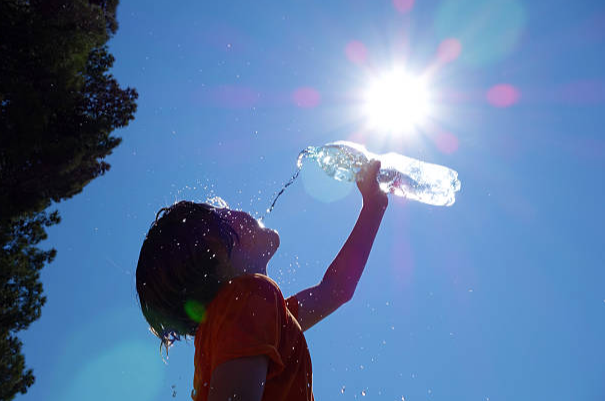
Mountainside High School sports medicine department recently shared a post highlighting small pieces of this article that we wanted to expand upon for the greater Portland metro area to see. Let’s walk through what actually happens when hydration slips.
What Dehydration Does to Your Performance
1. 🚴 Aerobic Performance Drops Quickly
Just 2% dehydration can reduce aerobic performance by up to 10% (Cheuvront et al., 2003).
Oxygen delivery slows. Thermoregulation becomes inefficient. You overheat faster and tire more easily.
2. 🔄 Recovery Slows Down
Muscle protein synthesis decreases when dehydration reaches 2% (Tipton et al., 2001).
This means you don’t rebuild as effectively after training. Soreness may linger longer, and adaptation becomes less efficient.
What Makes Complete Biotic Stand Out?
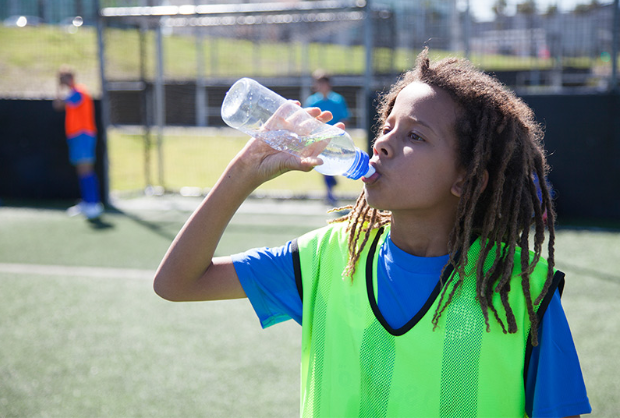
3. 💪 Strength Takes a Hit
Even during resistance training, strength output can drop by 3% when dehydrated (Judelson et al., 2007).
That’s a big deal if you’re chasing progressive overload. And when strength decreases, so does joint stability and lifting technique.
4. 🏃 Endurance Capacity Shrinks
Dehydration cuts endurance performance by 2 to 7%, depending on intensity and environment (Goulet, 2012).
Long-distance athletes are especially at risk here, since fluid and electrolyte loss accumulates across extended sessions.
5. ⚡ Reaction Time Slows
Reaction time suffers at just 2.8% dehydration (Gopinathan et al., 1988).
That means slower decision-making, reduced coordination, and delayed motor output. This is a key concern for any athlete in a fast-paced environment.
Hydration Matters Even More for Youth Athletes
If you think this only applies to pros, think again.
Most active adults and youth athletes under-hydrate during training, especially in hot, humid, or indoor conditions. They don’t feel thirsty until dehydration is already present. By then, power, focus, and coordination are already down. If electrolytes aren’t replenished alongside fluids, performance continues to decline even after drinking water.
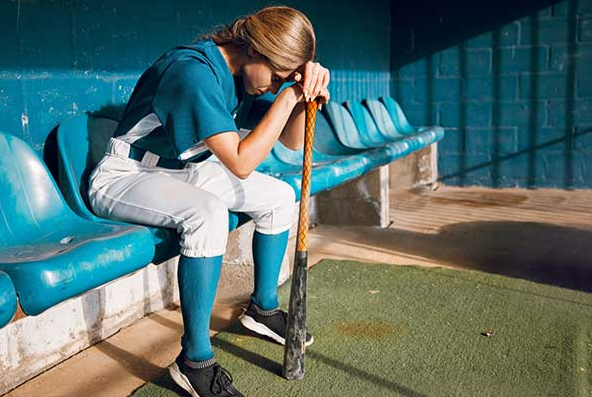
Young athletes don’t regulate heat the same way adults do. They sweat less and generate more internal heat. This increases the chance of dehydration during activity.
Children and teens often fail to recognize thirst. This is known as voluntary dehydration. By the time they feel thirsty, their performance has already started to suffer.
👧 Fluid loss during one hour of training:
- Ages 6–12: 0.5 to 1 liter
- Ages 13–18: 1 to 1.5 liters
Coaches and parents should encourage regular hydration before, during, and after training.
Coaches: It’s Time to Normalize Water Breaks
Limiting water access doesn’t build resilience. It increases risk. Dehydration lowers training quality, weakens recovery, and puts players closer to injury.
Build hydration into your coaching strategy:
✔️ Water breaks every 15–20 minutes
✔️ Encourage water before practice
✔️ Use electrolytes on hot days
✔️ Teach athletes how hydration affects performance
At APEX PWR, we trust Thorne for science-backed, NSF Certified products that support performance and recovery at every level.
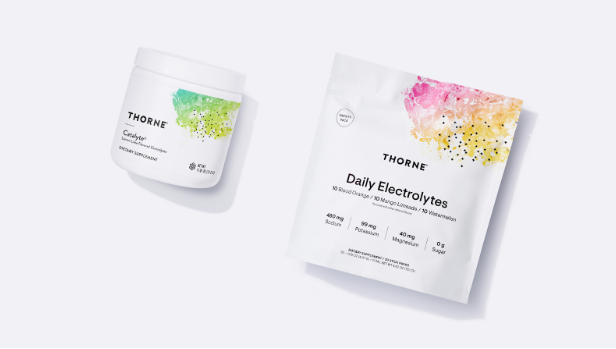
For hydration specifically, we recommend:
🧃 Thorne Catalyte
A comprehensive electrolyte powder designed to support hydration, muscle repair, and energy repletion without sugar overload. Catalyte includes sodium, potassium, magnesium, calcium, and B vitamins for full-spectrum replenishment.
Ideal for:
✔️ Longer or intense training sessions
✔️ Recovery after heavy sweating
✔️ Immune and adrenal support alongside hydration
🧂 Thorne Electrolytes
A focused electrolyte mix to improve fluid balance, muscle function, and nerve conduction. No added sugars or artificial ingredients.
Ideal for:
✔️ Hot weather training
✔️ Indoor workouts and fast-paced conditioning
✔️ Low-carb athletes needing added salt
You don’t have to be an APEX client to try them.
Use our promo code to get 25% off either product or both today.
Who Needs This?
- Athletes training more than 60 minutes a session
- Youth athletes in multi-hour practices or tournaments
- Adults with low energy or poor recovery despite solid training
- Anyone struggling with cramping, dizziness, or heat intolerance
- Those on low-carb or keto diets losing excess water and sodium
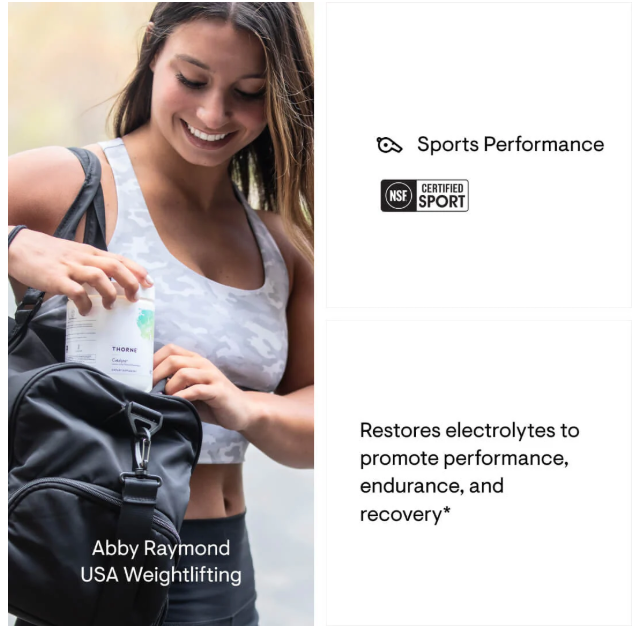
What You Can Do at APEX PWR
Hydration is part of the plan at APEX PWR. We don’t treat it like an afterthought. It’s woven into every level of our programming, from youth development to high-performance training.
Here’s how:
- Physical therapists consider hydration when evaluating soft tissue and joint health
- Nutrition coaches guide clients on recovery hydration, electrolyte use, and smart fueling
- Coaches use tools like HRV and resting heart rate to detect signs of under-recovery and dehydration
- Youth sessions include structured education it’s not just drills
🎉 25% OFF during the summer sale – now’s the time to grab them.
Train Smarter. Hydrate Better.
Your sweat rate, training volume, and electrolyte needs are unique. APEX PWR helps you build performance systems that make recovery part of the plan, not an afterthought.
We’ll help you identify your needs, choose the right hydration support, and implement a recovery strategy that matches your training.
Want help designing a complete performance plan, including hydration strategy, recovery support, and personalized training?
👉 Explore APEX PWR Services
👉 Learn about Youth Strength & Performance
Previous Blogs
Knee Pain When Running: Causes, Treatment, and Prevention in Tigard, OR
Knee Pain When Running: Causes, Treatment, and Prevention in Tigard, OR Knee pain is one of the most common complaints among runners. Sometimes it feels like a dull ache under the kneecap. Other times it shows up as sharp pain on the outside or front of the knee. If you’ve ever asked yourself, “Why do
How to Treat Shin Splints: Causes, Prevention, and Treatment Options
How to Treat Shin Splints: Causes, Prevention, and Treatment Options Shin splints (also called medial tibial stress syndrome) are one of the most common injuries in runners, athletes, and even recreational walkers. They show up as a dull, aching pain along the front or inside of the shinbone and can derail your training goals if
Why Losing Just 10 Pounds Can Improve Your Knee Health – More Than Physical Therapy in Tigard, OR
Why Losing Just 10 Pounds Can Improve Your Knee Health – More Than Physical Therapy in Tigard, OR One of the most common issues we see at APEX PWR in Tigard, OR is knee pain. Whether it comes from arthritis, overuse, a past or current injury, or simply the daily strain of carrying extra weight,